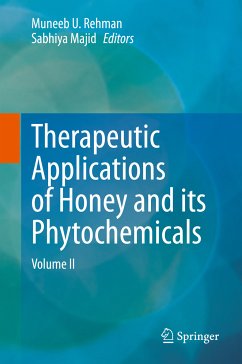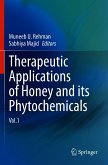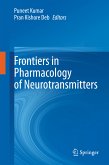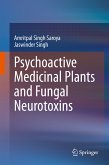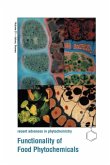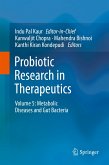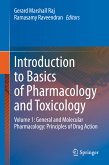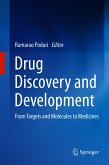Honey typically has a complex chemical and biochemical composition that invariably includes complex sugars, specific proteins, amino acids, phenols, vitamins, and rare minerals. It is reported to be beneficial in the treatment of various diseases, such as those affecting the respiratory, cardiovascular, gastrointestinal, and nervous systems, as well as diabetes mellitus and certain types of cancers; however, there is limited literature describing the use of honey in modern medicine.
This book provides evidence-based information on the pharmaceutical potential of honey along with its therapeutic applications and precise mechanisms of action. It discusses in detail the phytochemistry and pharmacological properties of honey, highlighting the economic and culturally significant medicinal uses of honey and comprehensively reviewing the scientific research on the traditional uses, chemical composition, scientific validation, and general pharmacognostical characteristics. Givenits scope, it is a valuable tool for researchers and scientists interested in drug discovery and the chemistry and pharmacology of honey.
Dieser Download kann aus rechtlichen Gründen nur mit Rechnungsadresse in A, B, BG, CY, CZ, D, DK, EW, E, FIN, F, GR, HR, H, IRL, I, LT, L, LR, M, NL, PL, P, R, S, SLO, SK ausgeliefert werden.

